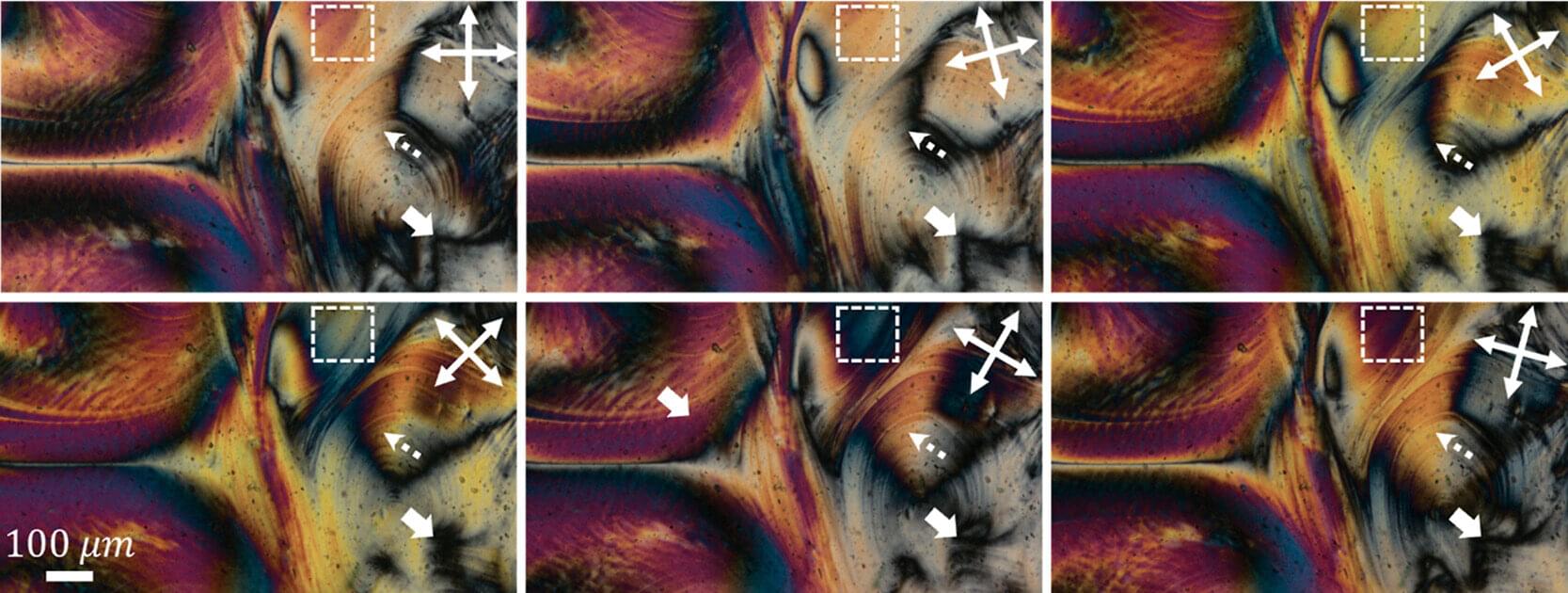In an elegant fusion of art and science, researchers at Rice University have achieved a major milestone in nanomaterials engineering by uncovering how boron nitride nanotubes (BNNTs)—touted for their strength, thermal stability and insulating properties—can be coaxed into forming ordered liquid crystalline phases in water. Their work, published in Langmuir, was so visually striking it graced the journal’s cover.
That vibrant image, however, represents more than just the beauty of science at the nanoscale. It captures the essence of a new, scalable method to align BNNTs in aqueous solutions using a common bile-salt surfactant—sodium deoxycholate (SDC)—opening the door to next-generation materials for aerospace, electronics and beyond.
“This work is very interesting from the fundamental point of view because it shows that BNNTs can be used as model systems to study novel nanorod liquid crystals,” said Matteo Pasquali, the A.J. Hartsook Professor of Chemical and Biomolecular Engineering, professor of chemistry, materials science and nanoengineering and corresponding author on the study.
